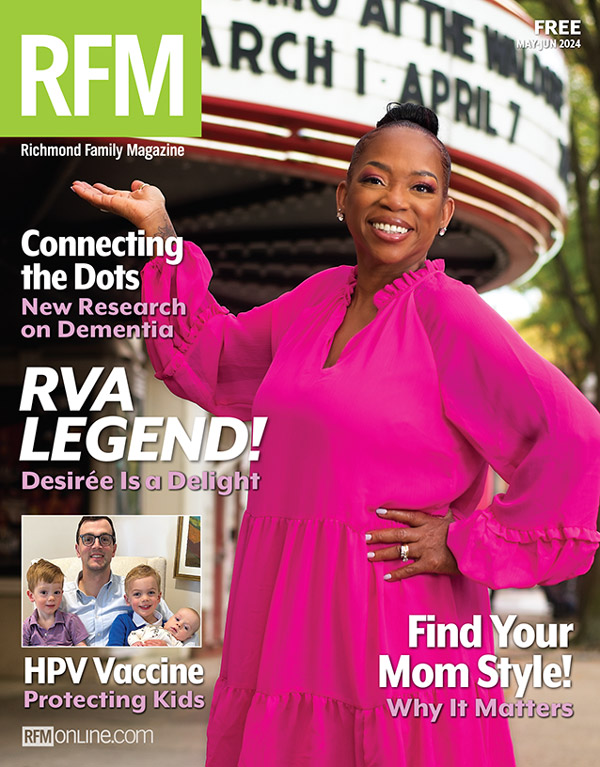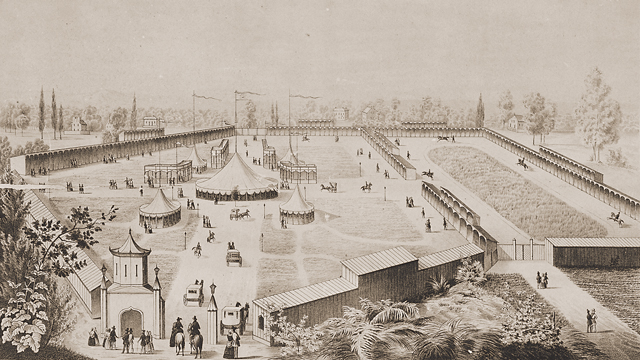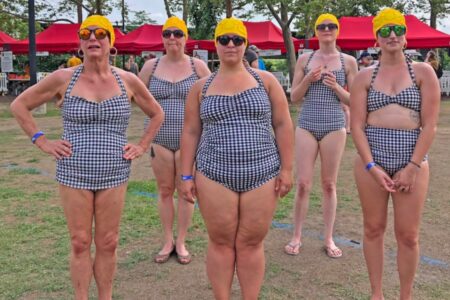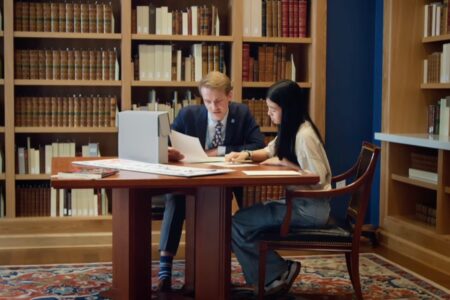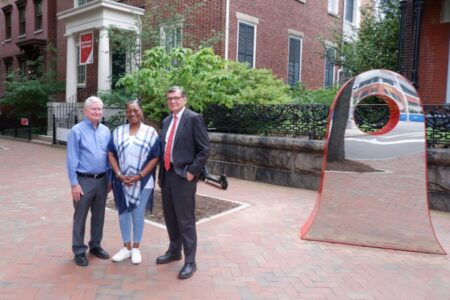Richmond’s first organized fair occurred in 1854. The fairgrounds were built in Monroe Park, the first city park, which was established just three years before. This first affair was mainly a livestock exhibition hosted by the Virginia State Agricultural Society. The social event of the year, the fair put everyone – not just the animals – on display. Richmonders dressed their best to review cattle, horses, and each other. The crowds ran deep enough that pickpockets thrived. By 1856, the Ballard House Hotel (formerly at Fourteenth and Franklin Streets) was accommodating close to one thousand out-of-town guests for the fair.
Needing more space, in 1859 the city purchased a tract further west, where the Science Museum of Virginia stands now, to expand the fairgrounds. But the Civil War forced a five-year hiatus. When the event returned in 1867, it’s hard to imagine that the devastated city had much to show or celebrate. But, as prosperity returned, so did the promise of the fair. By the 1880s, it was back in force – this time with fireworks! By the 1890s, visitors gambled, raced homing pigeons, perused floral exhibits, rode a merry-go-round, attended concerts, and still viewed stock shows, which remained popular. In fact, the fair was so popular that it lasted for forty-nine days. That was unsustainable, however, and it went bankrupt in 1897.

Ten years later, and reorganized as the Virginia State Fair Association, the celebration staged a comeback where The Diamond stands now on Arthur Ashe Boulevard. The resurrected 1906 fair went big, featuring an airshow. Ever-expanding their appeal, entertainers concocted elaborate, dramatic scenes, such as “Destruction of Battleship by Airship.” Hot air balloons, Wild West shows, and dirigibles awed spectators in attendance.
In 1946, the event reorganized as the Atlantic Rural Exposition and moved yet again to Strawberry Hill. With 437 acres, parking for 25,000 cars, and 168,000 square feet of indoor exhibit space, would it be enough to contain the accomplishments and dreams of Virginians? The new, modern fair aspired to encompass all the state had to offer: cutting-edge farm machinery, pesticide displays, cooking-themed competitions, husbandry, horticulture, manufacturing booths, art shows, military displays, atomic energy presentations, weaving contests, races, and beauty pageants. The state government got involved, too, presenting educational booths on soil conservation, highway safety, public health, and forestry.
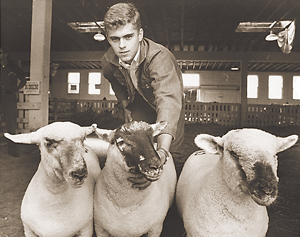
Despite all the fireworks, games, rides, and aerial acrobatics, under the Atlantic Rural Exposition banner, the fair developed an educational core that honored Virginia’s deep agricultural roots – a theme that remains. After a 2012 bankruptcy and another move, the State Fair of Virginia is now held at Meadow Event Park. There, in the enduring spirit of the first 1854 stock show, the Future Farmers of America and 4-H groups compete in livestock husbandry. Last year, the State Fair of Virginia awarded $29,000 in scholarships to its winners.
Photography: Wallace Huey Clark, Richmond Times-Dispatch Collection, The Valentine (top), Cook Collection, The Valentine (center), Bob Brown, Richmond Times-Dispatch Collection, The Valentine (bottom)

